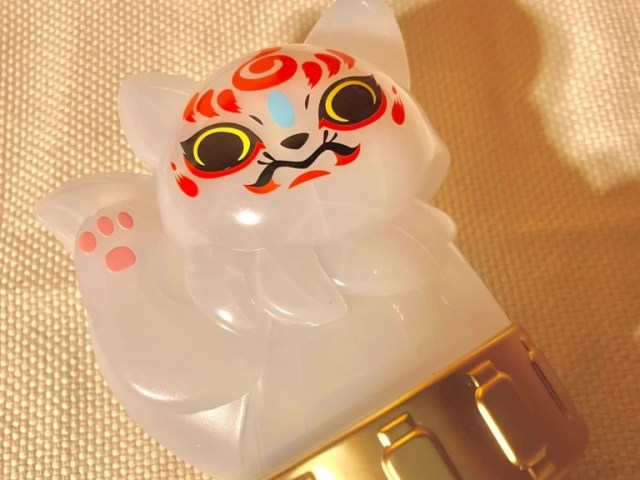
Our hardcore anime musical fan gives us a quick course in otaku/fujoshi etiquette.
Anime enthusiasts of yesteryear may have spent the majority of their time in front of a TV screen, but for the modern otaku or fujoshi there are all sorts of stage shows, concerts, and musicals to attend. But while there’s always a sense of excitement from gathering with other like-minded anime enthusiasts, it’s important to make sure you’re not preventing other fans from enjoying themselves too.
Our Japanese-language reporter Udonko, a regular attendee at musicals for the Touken Ranbu franchise, has put together a list of anime stage show etiquette rules to keep in mind, so let’s take a look as we get into the summertime high season for anime events.
Rule 1: Suitable sitting style
No, this isn’t because slouching makes you look sloppy, As a matter of fact, if you feel like sliding down lower into your seat, that’s actually not a problem. What is a problem, though, is leaning forward, away from the seat back.
There’s a natural urge to lean forward when your favorite character comes on stage, or during an especially dramatic moment in the story. Doing so effectively makes you taller, though, which can obstruct the view of people sitting behind you, especially the row directly behind yours. “Try to imagine that your back is glued to the seat” advises Udonko, who adds that you should also place your bag on the ground, not on the seat behind yourself, to help maintain the proper posture.
Rule 2: Hairstyling
For fans in Japan, especially female fans, going to see an anime stage show is an event worth getting dressed up for. That often includes putting some extra time into hairstyling, but as with Rule 1, it’s important to remember the people who’ll be sitting behind you. Upstyles are often the norm for formal and semi-formal occasions, but a high ponytail or other voluminous style, as well as large hair accessories, can block the view of the fan sitting behind you, so letting your hair down is the best way to ensure everyone can have fun.
Rule 3: Fan sizes and decorations
The most popular franchises tend to be the ones with the largest groups of popular characters. If you’re hardcore enough to attend a stage show, there’s a pretty good chance you’ve got a favorite cast member. A cheering fan with that character’s name or likeness is a common way to show your loyalty and support, but you don’t want your show of devotion to block someone else’s view of their favorite, so keeping your fan to a reasonable size is important. At the events Udonko has been to, a size of 30 centimeters (11.8 inches) square for the fan’s head (i.e. not including the handle) has been the general consensus as the maximum acceptable size.
Instead of pre-made fans, a lot of people craft their own, starting with a blank fan from Daiso or another 100 yen store and adding their own text, pictures, and other decorations. Such personal artistic expression is a fun part of the experience, but again, there are some things to keep in mind. First, if you’re already using a 30-centimeter fan, you shouldn’t add decorations that protrude out any further, since that’s going to block other people’s views.
Also, you want to avoid reflective of holographic materials. Yeah, they look cool, but during the show, there are going to be all manner of spotlights shining around the venue. Not only is an intense reflection off of your fan going to make it harder for other attendees to see, it might even temporarily blind the performers, especially if you’re lucky enough to be sitting close to the stage.
Speaking of reflections, some people put plastic covers over their fans, to keep their surfaces protected and clean during transit. Those covers can also be reflective, though, so it’s best to take them off after arriving at the venue.
Finally, Udonko advises against adding any dangly accouterments. If they get snagged on something, tear off, and fall to the ground, there’s a chance someone else might slip on them.
That might seem like a lot of rules, but you can still make some very cute and eye-catching fans within those parameters, like this one Udonko herself crafted.
Rule 4: Proper light stick protocol
Light or glow sticks don’t just contribute to a festive atmosphere, they’re important markers of fan loyalty for ensemble cast series, in which each character tends to have their own associated image color. Here again, though, size and brightness are things to be aware of.
Much like with fans, Udonko says that at the shows she’s attended, 30 centimeters tends to be the commonly accepted limit on light stick length. In addition, there’s an unspoken rule that when you’re waving the stick, or a fan, around, you should keep the upper tip at shoulder height or lower. Once again, this is to prevent blocking the view of the stage of the person behind you, which is doubly annoying if you’re blocking it with something that’s emitting a bright colored light. To help keep yourself from forgetting in the excitement of the moment, Udonko recommends keeping your light stick attached to a strap that you wear around your neck, which will prevent you from accidentlly lifting it up too high.
Also, at some long-running shows, like the Touken Ranbu musicals, there may be specific times at which the audience lights up their light sticks, with the expectation that they’ll keep them darkened so as not to be a distraction at other points in the play. If you’re a first-timer, you might not be aware of the accepted timing, so it’s probably a good idea to wait until you see other people waving their light sticks before you bust out yours.
Temporary Bonus Rule: The right time and place for chitchat with other fans
Fan events are, by their very nature, social events. You might be meeting up with preexisting friends, maybe ones you haven’t seen in a long time, to catch the show together, and there’s always a chance of bonding with strangers over your shared anime passion and making new friends at the venue.
So the temptation to remove any ordinary conversation topic limiters and gushingly geek out over the event, and the series as a whole, will likely be very strong. However, since we’re still not entirely out of the pandemic, Udonko hopes everyone will save those extra-animated conversations for until after they’re out of the theater, in a better ventilated, less densely crowded space. Event organizers in Japan have been particularly cautious regarding the coronavirus, and infection cluster occurring at a fan event could potentially lead to other performances being cancelled, in addition to the health risks for those infected.
Hopefully this last rule is something we won’t have to worry about for too much longer, but the others are good to remember whenever you’re headed out to an anime event so that you and your fellow fans alike can enjoy it to the fullest.
Images © SoraNews24
● Want to hear about SoraNews24’s latest articles as soon as they’re published? Follow us on Facebook and Twitter!
[ Read in Japanese ]

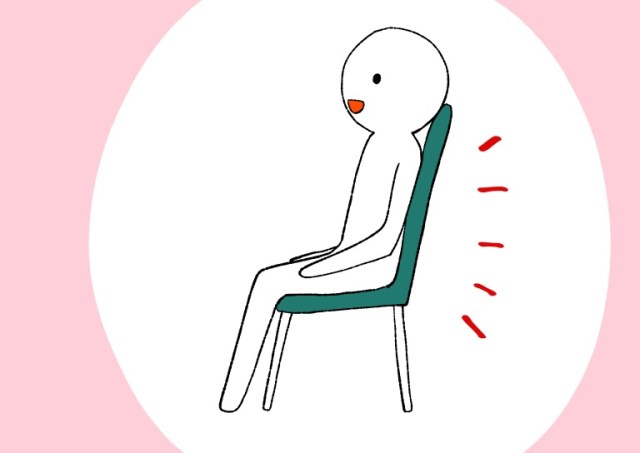
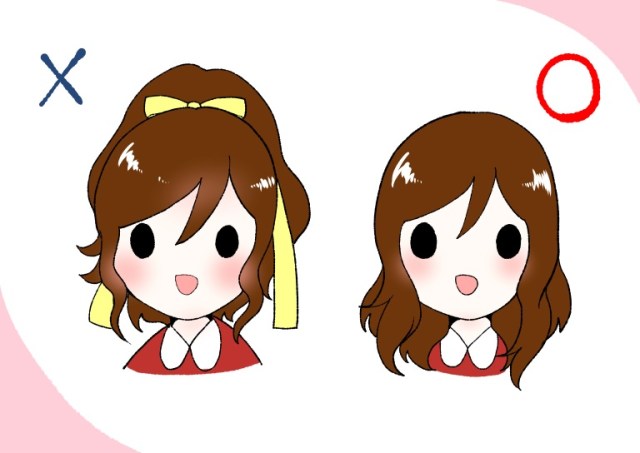
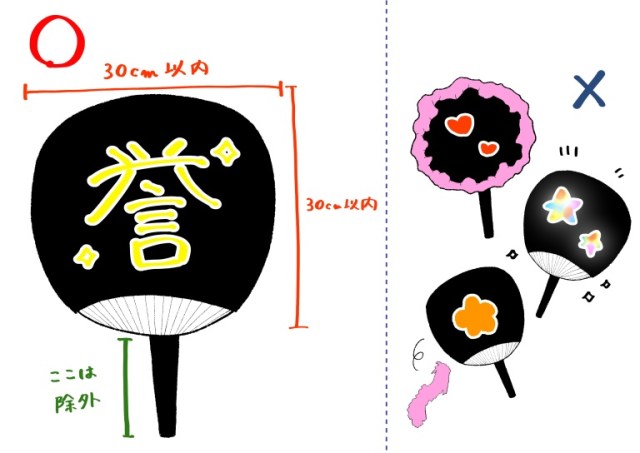

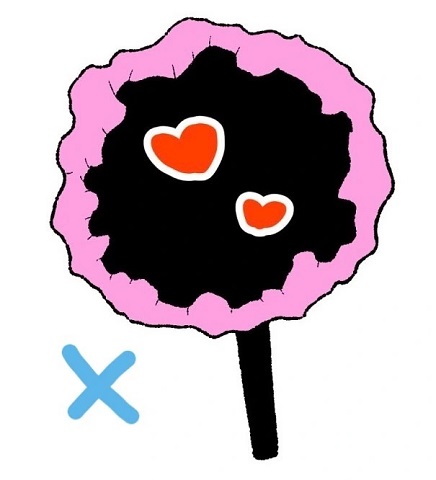
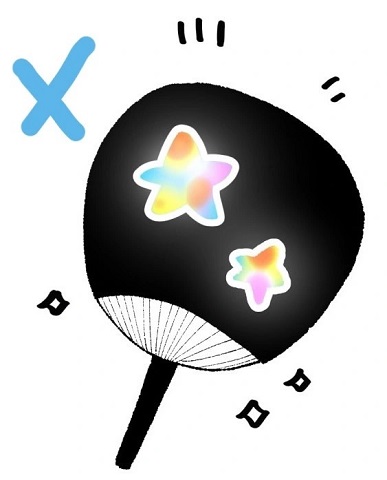
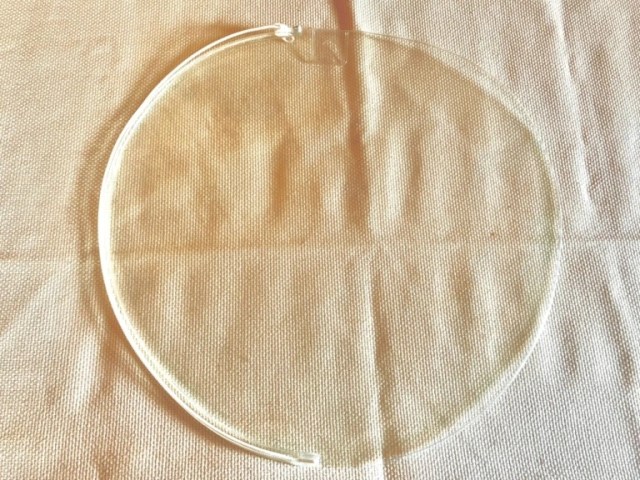

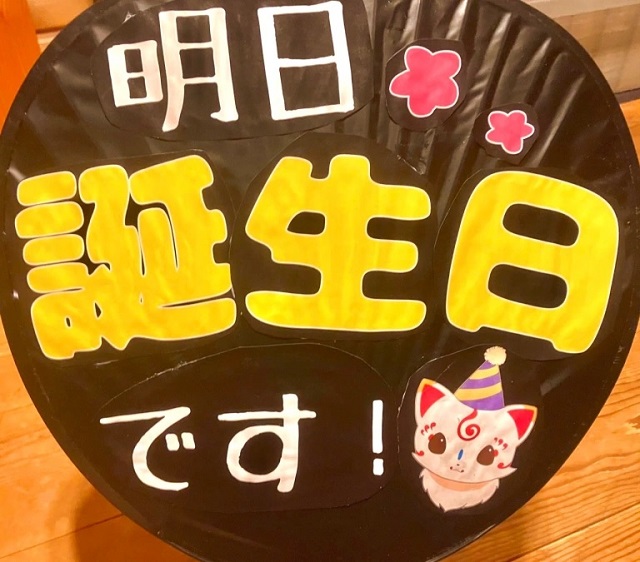
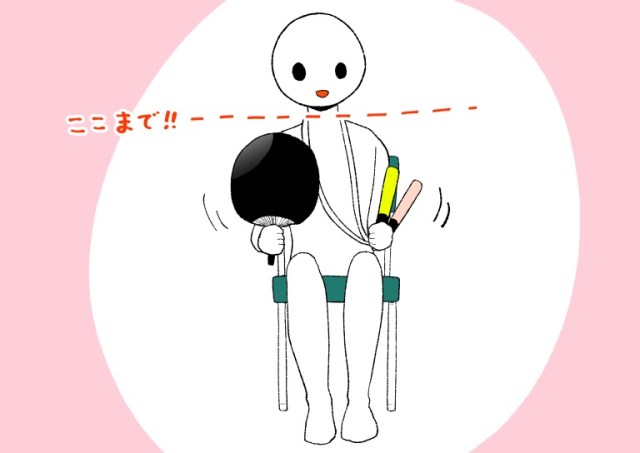
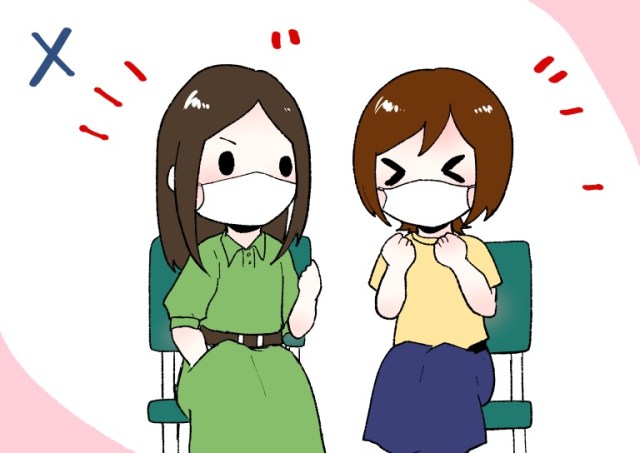
 Is spending 248,380 yen (US$1,840) on an anime boy doll a wise choice? Our fangirl finds out!
Is spending 248,380 yen (US$1,840) on an anime boy doll a wise choice? Our fangirl finds out! How many otaku penlights do you need to survive a blackout in Japan?
How many otaku penlights do you need to survive a blackout in Japan? We got a massage and talked games at Tokyo clinic made for and run by otaku
We got a massage and talked games at Tokyo clinic made for and run by otaku Our reporter illustrates their first experience attending a fan photo event with an oshi
Our reporter illustrates their first experience attending a fan photo event with an oshi Does a denim kimono look or feel good? Our kimono neophyte reporter finds out【Photos】
Does a denim kimono look or feel good? Our kimono neophyte reporter finds out【Photos】 Foreigner’s request for help in Tokyo makes us sad for the state of society
Foreigner’s request for help in Tokyo makes us sad for the state of society Japanese city loses residents’ personal data, which was on paper being transported on a windy day
Japanese city loses residents’ personal data, which was on paper being transported on a windy day Ghibli Park now selling “Grilled Frogs” from food cart in Valley of Witches
Ghibli Park now selling “Grilled Frogs” from food cart in Valley of Witches Seaside scenery, history, and so many desserts on Yokohama’s Akai Kutsu【Japan Loop Buses】
Seaside scenery, history, and so many desserts on Yokohama’s Akai Kutsu【Japan Loop Buses】 Osaka governor suggests lowering voting age to 0 to curb population decline
Osaka governor suggests lowering voting age to 0 to curb population decline Should you add tartar sauce to Japanese curry rice? CoCo Ichi makes diners an unusual offer
Should you add tartar sauce to Japanese curry rice? CoCo Ichi makes diners an unusual offer Studio Ghibli releases new action figures featuring Nausicaä of the Valley of the Wind characters
Studio Ghibli releases new action figures featuring Nausicaä of the Valley of the Wind characters Red light district sushi restaurant in Tokyo shows us just how wrong we were about it
Red light district sushi restaurant in Tokyo shows us just how wrong we were about it McDonald’s new Happy Meals offer up cute and practical Sanrio lifestyle goods
McDonald’s new Happy Meals offer up cute and practical Sanrio lifestyle goods Sakura tree falls on man at Sannenzaka near Kiyomizu temple in Kyoto 【Breaking News】
Sakura tree falls on man at Sannenzaka near Kiyomizu temple in Kyoto 【Breaking News】 Japanese ramen restaurants under pressure from new yen banknotes
Japanese ramen restaurants under pressure from new yen banknotes French Fries Bread in Tokyo’s Shibuya becomes a hit on social media
French Fries Bread in Tokyo’s Shibuya becomes a hit on social media New private rooms on Tokaido Shinkansen change the way we travel from Tokyo to Kyoto
New private rooms on Tokaido Shinkansen change the way we travel from Tokyo to Kyoto Tokyo Tsukiji fish market site to be redeveloped with 50,000-seat stadium, hotel, shopping center
Tokyo Tsukiji fish market site to be redeveloped with 50,000-seat stadium, hotel, shopping center Beautiful Ghibli sealing wax kits let you create accessories and elegant letter decorations【Pics】
Beautiful Ghibli sealing wax kits let you create accessories and elegant letter decorations【Pics】 Studio Ghibli releases Kiki’s Delivery Service chocolate cake pouches in Japan
Studio Ghibli releases Kiki’s Delivery Service chocolate cake pouches in Japan New definition of “Japanese whiskey” goes into effect to prevent fakes from fooling overseas buyers
New definition of “Japanese whiskey” goes into effect to prevent fakes from fooling overseas buyers Our Japanese reporter visits Costco in the U.S., finds super American and very Japanese things
Our Japanese reporter visits Costco in the U.S., finds super American and very Japanese things All-you-can-drink Starbucks and amazing views part of Tokyo’s new 170 meter-high sky lounge
All-you-can-drink Starbucks and amazing views part of Tokyo’s new 170 meter-high sky lounge More foreign tourists than ever before in history visited Japan last month
More foreign tourists than ever before in history visited Japan last month New Pokémon cakes let you eat your way through Pikachu and all the Eevee evolutions
New Pokémon cakes let you eat your way through Pikachu and all the Eevee evolutions Disney princesses get official manga makeovers for Manga Princess Cafe opening in Tokyo
Disney princesses get official manga makeovers for Manga Princess Cafe opening in Tokyo Sales of Japan’s most convenient train ticket/shopping payment cards suspended indefinitely
Sales of Japan’s most convenient train ticket/shopping payment cards suspended indefinitely Sold-out Studio Ghibli desktop humidifiers are back so Totoro can help you through the dry season
Sold-out Studio Ghibli desktop humidifiers are back so Totoro can help you through the dry season Japanese government to make first change to romanization spelling rules since the 1950s
Japanese government to make first change to romanization spelling rules since the 1950s Ghibli founders Toshio Suzuki and Hayao Miyazaki contribute to Japanese whisky Totoro label design
Ghibli founders Toshio Suzuki and Hayao Miyazaki contribute to Japanese whisky Totoro label design Doraemon found buried at sea as scene from 1993 anime becomes real life【Photos】
Doraemon found buried at sea as scene from 1993 anime becomes real life【Photos】 Tokyo’s most famous Starbucks is closed
Tokyo’s most famous Starbucks is closed One Piece characters’ nationalities revealed, but fans have mixed opinions
One Piece characters’ nationalities revealed, but fans have mixed opinions We asked a Uniqlo employee what four things we should buy and their suggestions didn’t disappoint
We asked a Uniqlo employee what four things we should buy and their suggestions didn’t disappoint Princesses, fruits, and blacksmiths: Study reveals the 30 most unusual family names in Japan
Princesses, fruits, and blacksmiths: Study reveals the 30 most unusual family names in Japan Touken Rambu chocolates are a treat for anime fans and a test of how well you know the characters
Touken Rambu chocolates are a treat for anime fans and a test of how well you know the characters Our search for Kyoto Station’s cheapest souvenir reveals a surprisingly sweet find
Our search for Kyoto Station’s cheapest souvenir reveals a surprisingly sweet find Fan shows how to snap a picture of you and your 2-D crush sharing a passionate embrace
Fan shows how to snap a picture of you and your 2-D crush sharing a passionate embrace Japanese fish cheesecake: is it more of a fishy cake, or a cakey fish?【Taste Test】
Japanese fish cheesecake: is it more of a fishy cake, or a cakey fish?【Taste Test】 This unstaffed Japanese train station is like a Ghibli anime come to life
This unstaffed Japanese train station is like a Ghibli anime come to life New Yu-Gi-Oh! movie gets special screenings just for fans where they can shout and cosplay
New Yu-Gi-Oh! movie gets special screenings just for fans where they can shout and cosplay Cat-themed oden kit warms and fills our bellies and our hearts
Cat-themed oden kit warms and fills our bellies and our hearts Make summer super with Nintendo’s new Super Mario outdoor goods lineup【Photos】
Make summer super with Nintendo’s new Super Mario outdoor goods lineup【Photos】 Live-action Spy x Family stage play releases first in-costume cast photos【Photos】
Live-action Spy x Family stage play releases first in-costume cast photos【Photos】 Our reporter breaks her Takarazuka virginity with an all-female performance of City Hunter
Our reporter breaks her Takarazuka virginity with an all-female performance of City Hunter The Idolmaster Cinderella Girls Starlight Cruise sets sail, and Idolmaster fans love it【Pictures】
The Idolmaster Cinderella Girls Starlight Cruise sets sail, and Idolmaster fans love it【Pictures】 The reason why the best spouse for an otaku might not be another otaku
The reason why the best spouse for an otaku might not be another otaku Former AKB48 idol to take on lead role in live-action Spirited Away stage play
Former AKB48 idol to take on lead role in live-action Spirited Away stage play Japanese idol placed in safe house after rape threat, official website still lists bust size
Japanese idol placed in safe house after rape threat, official website still lists bust size
Leave a Reply